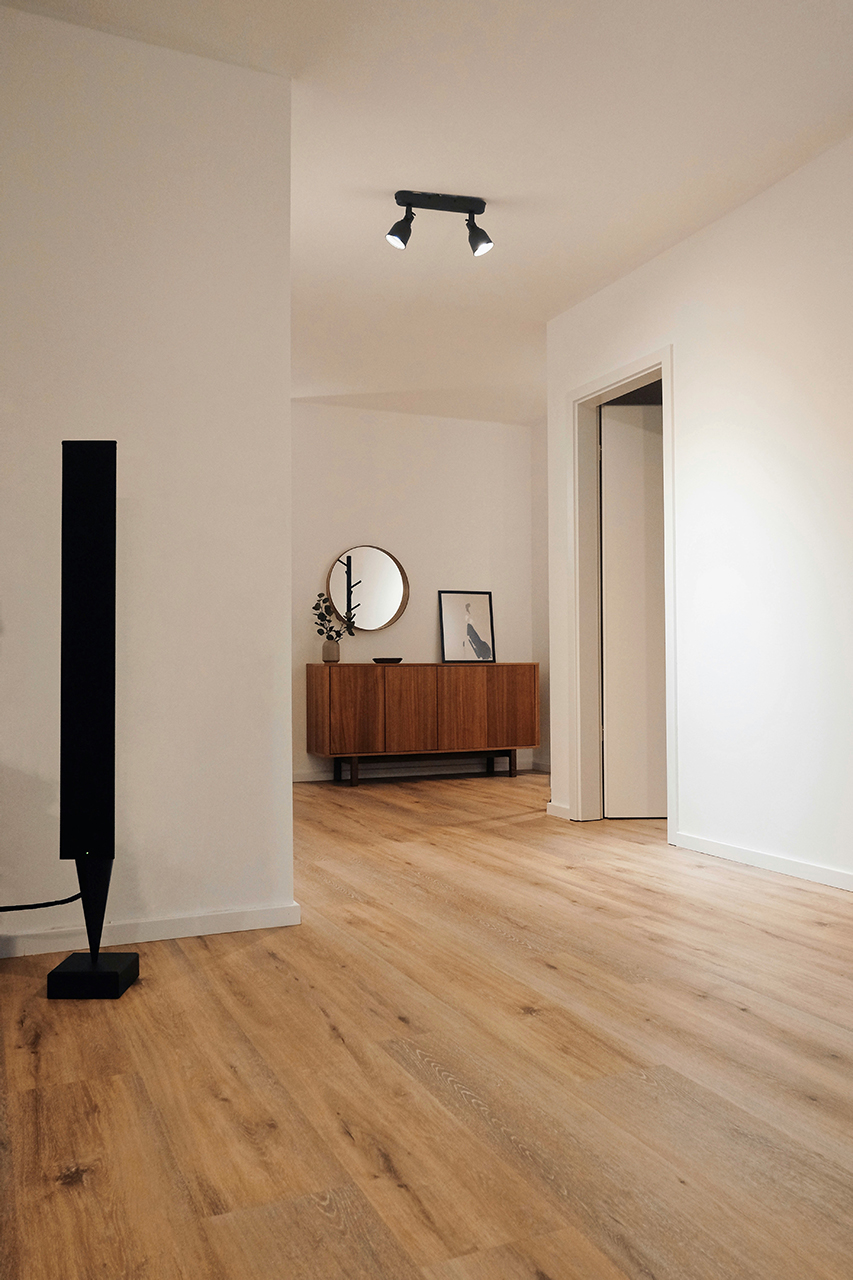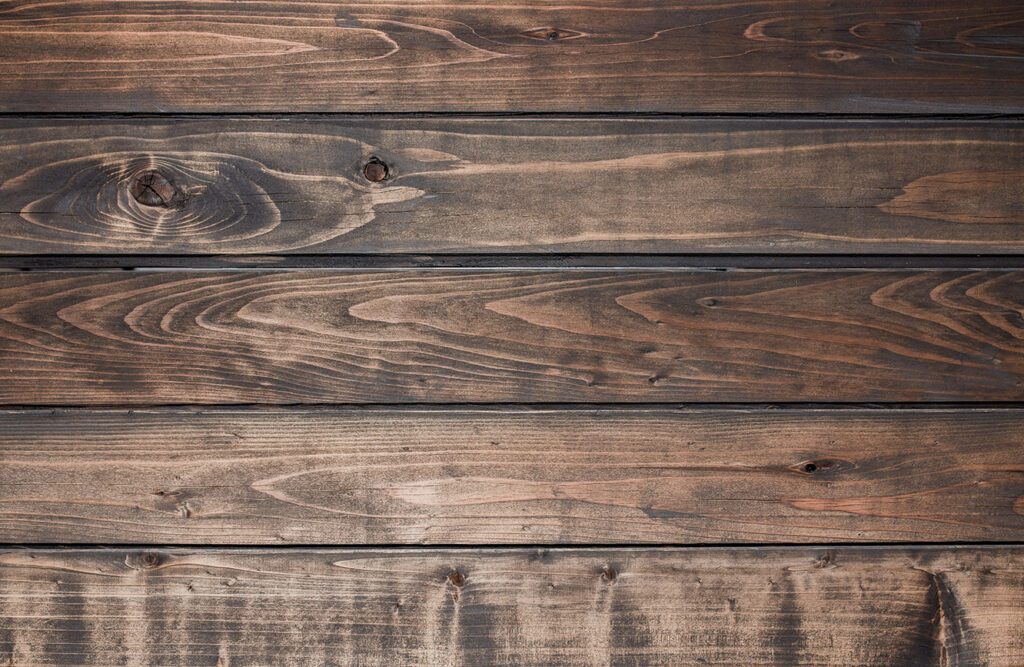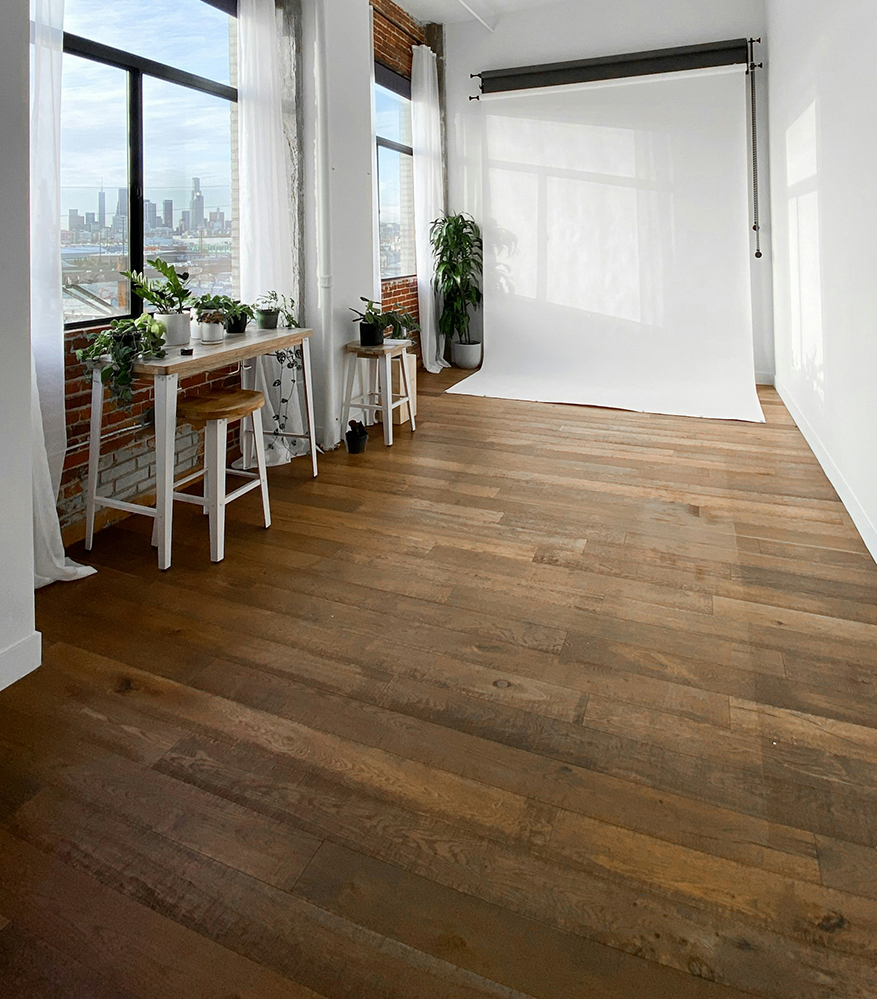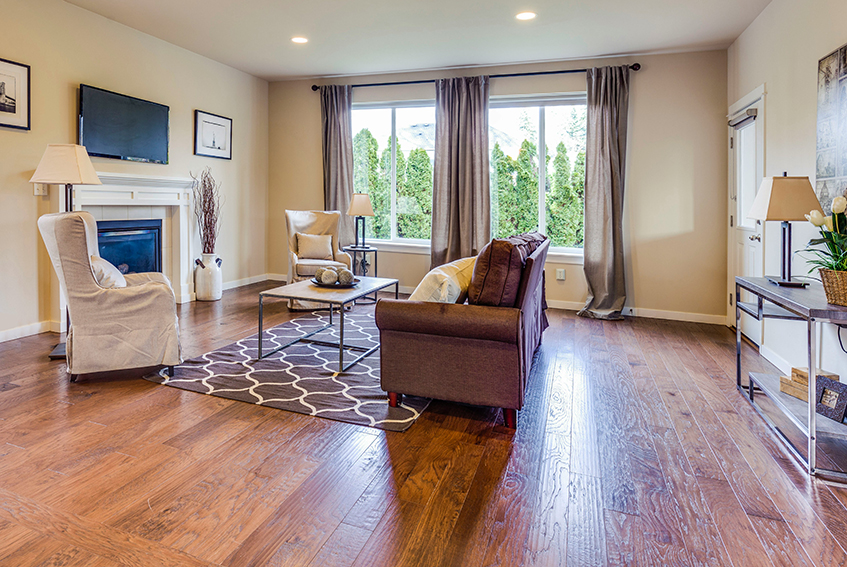Choosing the flooring for a home represents a significant investment in terms of time, finances, and energy. Whether it involves installation for a new homeowner, modifications, or a complete remodel, the process demands substantial resources. While rearranging furniture and fixtures can refresh the look of a house relatively easily, altering the flooring stands out as one of the most challenging tasks for future changes.
Numerous factors come into play when deciding on the ideal flooring option. Here is a guide to inform you and help you make decisions.
How Interior Designers Choose Flooring for Interiors
When evaluating flooring for interior design, there are key aspects to consider during your assessment of your client’s space. Take a comprehensive look and guide them through various areas by focusing on the following factors:
– Establish the budget and preferred materials for the flooring.
– Evaluate the overall ambiance and style of the house.
– Identify high-traffic zones within the home.
– Consider the presence of children or pets and their impact on the flooring.
– Assess the activities that take place in each room.
– Determine the potential for noise generation in specific rooms.
– Examine the landscape to gauge the risk of flooding.
– Understand the frequency of floor cleaning that fits your client’s lifestyle.

Additionally, prioritize durable flooring options for heavily used areas like kitchens, bedrooms, and stairs, while opting for luxurious materials in spaces such as the living room or powder room. It is crucial to account for regional seasons and the temperature variations that occur, as flooring materials can expand in heat and contract in cold conditions. This seasonal fluctuation should be factored into your flooring recommendations to ensure a suitable and lasting choice for your clients.
Why designers choose hardwood flooring
Hardwood flooring effortlessly harmonizes with a wide array of wall colors and designs, imparting a regal ambiance when incorporated into kitchens and living spaces. The inclusion of solid hardwood floors in your client’s residence bestows a distinctive essence, ensuring a memorable impact. However, a persistent challenge emerges from the susceptibility of wooden surfaces to permanent staining due to spills, posing a significant cleaning hurdle.
Dispelling common misconceptions, hardwood flooring can indeed grace bathroom settings if meticulous planning is undertaken in collaboration with the builder. Installing waterproof membranes beneath bathtubs and moisture-prone zones facilitates swift water drainage, safeguarding against potential damage caused by lingering moisture.
In the bustling heart of any home, the kitchen, hardwood is recommended, provided it is properly sealed and easy to maintain. For households with elderly occupants, the rigidity of hardwood surfaces may lead to discomfort and strain on joints and feet over prolonged periods. Additionally, inadequate spacing and alignment during installation can result in bothersome squeaking noises as occupants traverse the floor.

To cater to clients desiring a unified wooden floor with a touch of visual diversity, incorporating stained or painted wood in specific areas offers a creative solution.
Picking up your best option
– Laminate Flooring: consists of multiple layers, with a durable, transparent wear layer on top that shields against scratches, stains, and fading. This layer offers robust protection. Under the wear layer lies a printed layer that can replicate the appearance of wood. Following this is a core layer usually crafted from high-density fiberboard (HDF), with a backing layer providing stability and moisture resistance.
Homeowners favor laminate flooring due to its durability, low maintenance requirements, and cost-effectiveness compared to natural materials. This option has regained popularity for its ability to mimic the natural look of timber surfaces at an affordable price point.
– Vinyl Flooring: is a synthetic material composed of polyvinyl chloride (PVC) and other additives. It offers a wide range of colors and patterns to complement diverse design preferences. Known for its durability, ease of maintenance, and affordability, vinyl flooring is a preferred choice among homeowners. Its water-resistant properties make it suitable for areas prone to moisture, such as kitchens and bathrooms. Some vinyl products are designed to replicate the natural look of hardwood, stone, or ceramic tiles at a fraction of the cost.
Vinyl flooring is ideal for high-moisture and high-traffic spaces throughout the home, including hallways. For added peace of mind in wet areas, waterproof vinyl flooring is recommended.
– Hardwood Flooring: Is considered a premium home upgrade by many homeowners. This flooring offers timeless elegance that complements various interior design styles and can enhance property value. Available in different wood types like oak, cherry, or walnut. Solid timber floors come at a higher price per square foot and necessitate professional installation.

To preserve the luster and address scratches, regular maintenance such as sanding and refinishing is essential for hardwood flooring. Enhance both comfort and protection by incorporating rugs to safeguard your hardwood floors.

